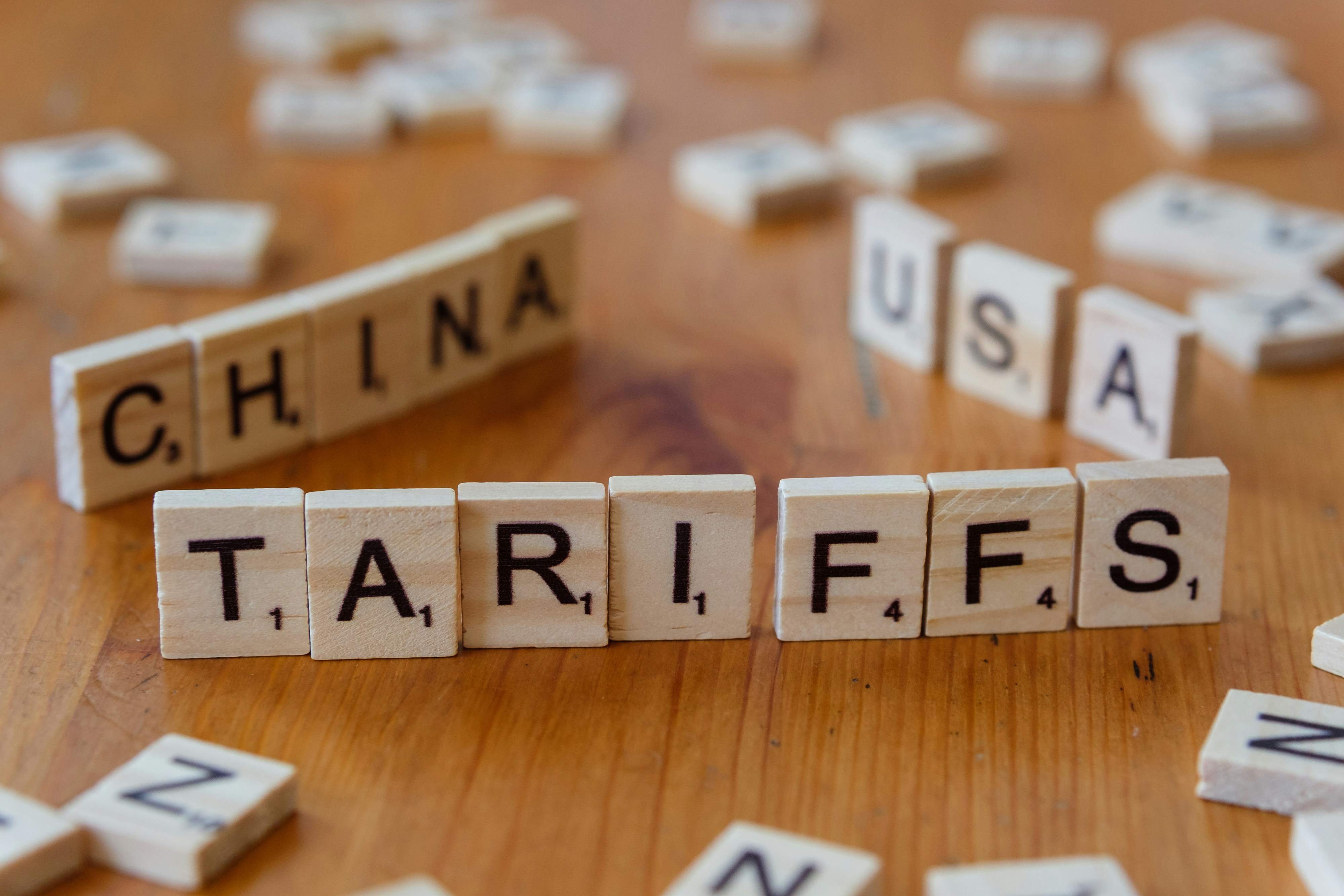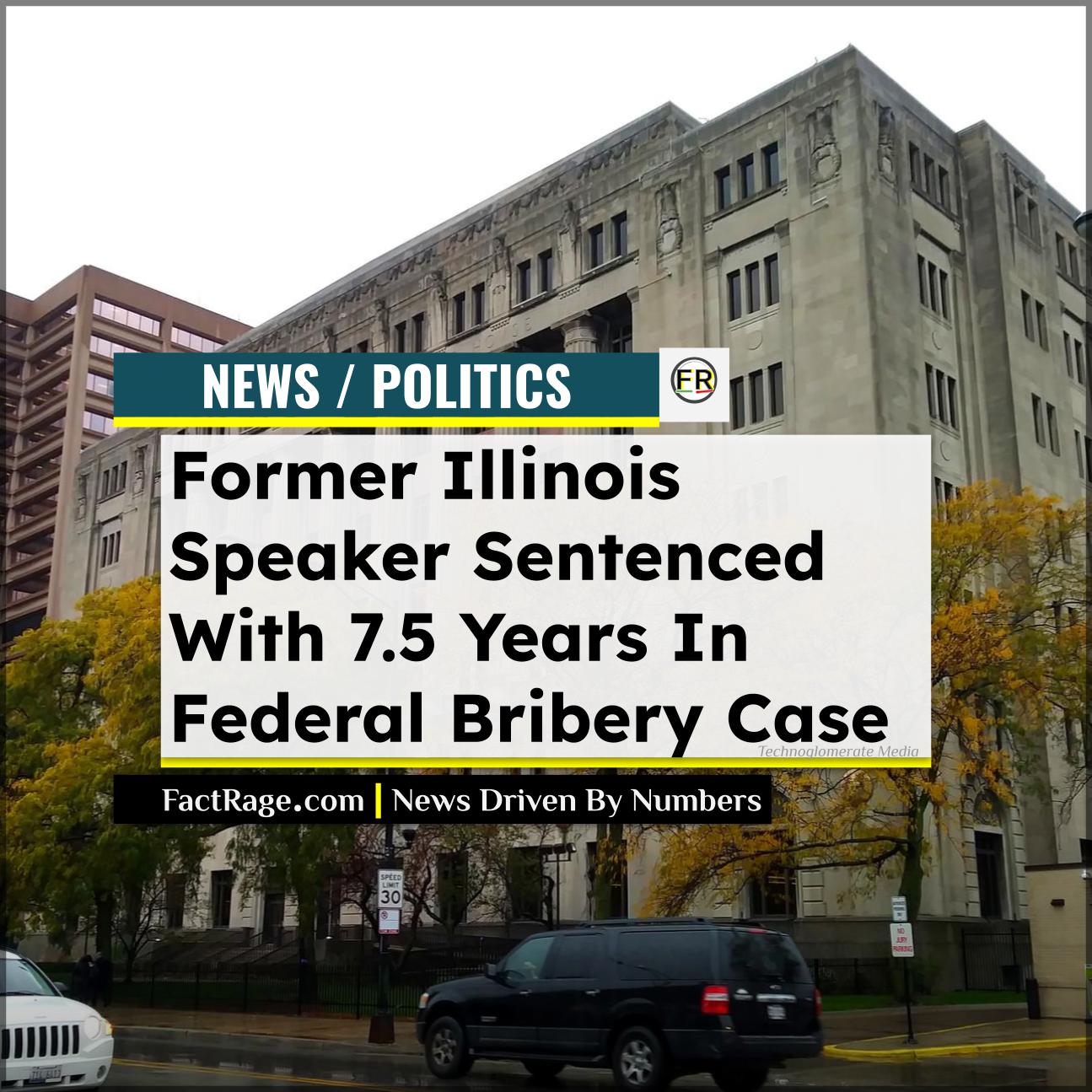WALL STREET – Dow Jones Industrial Average futures surged by over 1000 points Monday morning following reports of adjustments to existing United States-China tariffs and growing anticipation of a potential trade agreement between the two nations. The significant pre-market rally signals strong investor optimism regarding improved economic conditions and corporate earnings.
- Market Surge: Dow futures jumped over 1000 points, indicating strong investor optimism.
- Trade Winds Shift: Reports of eased US-China tariffs and a pending trade deal are fueling the rally.
- Economic Implications: Eased tariffs and a trade deal suggest potential relief from trade tensions, boosting market confidence.
Dow Jones Industrial Average futures have experienced a robust surge, gaining over 1000 points on the back of reports indicating adjustments to existing U.S.-China tariffs and increasing optimism surrounding a potential trade agreement. This significant upward movement in futures contracts has captured market attention, signaling a potentially strong opening for equities.
The Significance of a 1000-Point Move in Dow Futures

A 1000-point advance in Dow futures represents a substantial shift in market sentiment regarding the near-term valuation of the index’s constituent companies. This magnitude of pre-market movement underscores a strong consensus among investors anticipating improved earnings prospects for these large-cap firms. While the cash market’s reaction may vary, such a futures rally typically foreshadows significant bullish activity.
Impact of Easing Tariffs on Market Sentiment
The positive response to news of eased tariffs reflects the market’s understanding of their direct impact on corporate bottom lines and overall economic activity. As levies on imported goods decrease, the cost burden on U.S. businesses sourcing from China diminishes, and the competitiveness of Chinese exports to the U.S. potentially improves. This alleviation of trade friction is viewed favorably by investors, who anticipate a more conducive environment for growth and profitability.
The Catalytic Effect of Trade Deal Prospects
Anticipation of a pending trade deal serves as a powerful catalyst for market gains by reducing the uncertainty that has characterized U.S.-China economic relations. A formal agreement is expected to foster a more predictable and stable framework for international commerce, encouraging business investment and potentially streamlining supply chains. The resulting clarity typically bolsters investor confidence and drives asset appreciation.
The Predictive Power of Futures Markets
The focus on futures contracts is pertinent as these instruments provide a forward-looking indication of market sentiment. Representing contractual obligations to trade the underlying asset – in this case, the value of the Dow – at a predetermined future date and price, futures markets aggregate the collective expectations of sophisticated traders and institutions. A sharp upward move in Dow futures suggests a strong conviction in near-term gains within the equity market.
Understanding Futures Contracts
These derivative instruments allow participants to speculate on the future direction of an index or hedge existing portfolio risk. By establishing a price today for a transaction that will occur later, futures contracts embody the market’s collective forecast for the asset’s value. The significant buying pressure observed in Dow futures underscores a widespread expectation of positive performance in the underlying equities.
Timeline for a Potential Trade Deal Announcement

While reports indicate growing momentum towards a trade agreement, the precise timing of an official announcement remains speculative and contingent on the successful culmination of ongoing negotiations. Market participants will be closely monitoring official statements and news outlets for concrete developments.
Factors Driving the Shift in Trade Policy
The apparent shift towards a more conciliatory trade stance likely stems from a confluence of factors. These could include a reassessment of the broader economic consequences of prolonged trade disputes, a desire to mitigate inflationary pressures, and the recognition of the interconnected global economy. Geopolitical considerations and evolving diplomatic strategies likely also contribute to this dynamic.
Key Players in Trade Negotiations
Negotiations for a trade deal typically involve high-level government officials responsible for economic and trade policy. On the U.S. side, key participants would likely include representatives from agencies such as the Treasury Department and the Office of the United States Trade Representative. Their counterparts within the Chinese government would form their negotiating team.
Potential Venues for Trade Discussions
The location of trade negotiations can vary, ranging from dedicated diplomatic facilities in either participating country to neutral international venues. The specific location for any finalization talks related to this potential agreement has not been publicly disclosed.
Global and Chinese Market Repercussions

The positive developments regarding U.S.-China trade are generally viewed favorably by global markets. For China, the prospect of reduced trade tensions with a major economic partner is likely to be met with optimism in its domestic markets. The broader international community often perceives stable U.S.-China relations as a positive indicator for global economic stability and growth, although specific impacts on individual economies can vary based on their trade linkages.
The market’s enthusiastic response to these developments underscores the sensitivity of equity valuations to shifts in trade policy. Investors will be keenly observing the progression of negotiations and the specifics of any forthcoming announcements.











